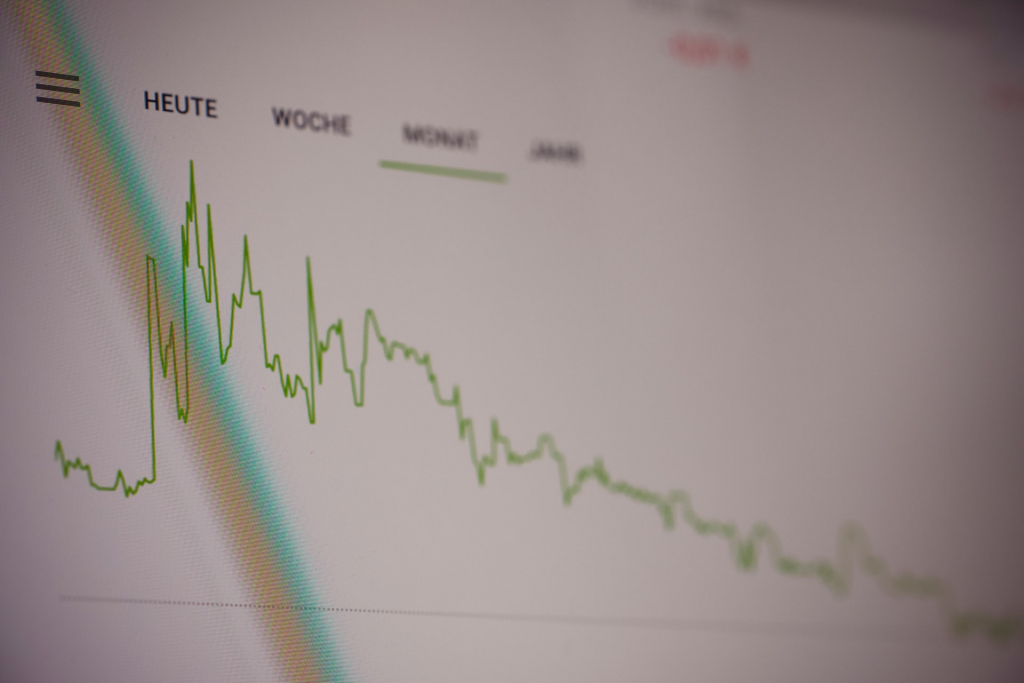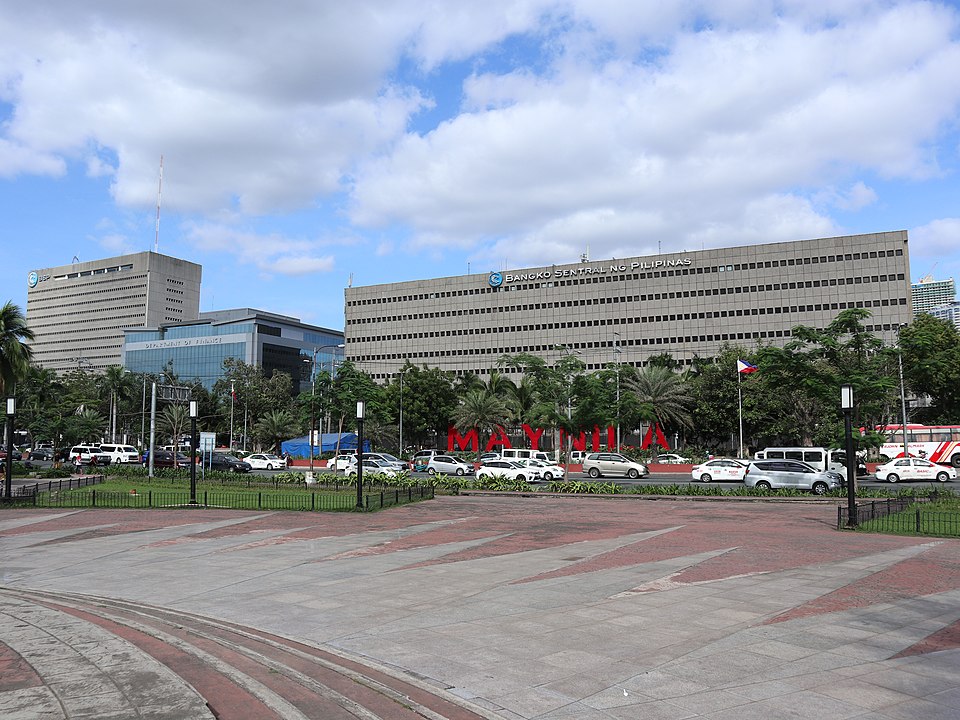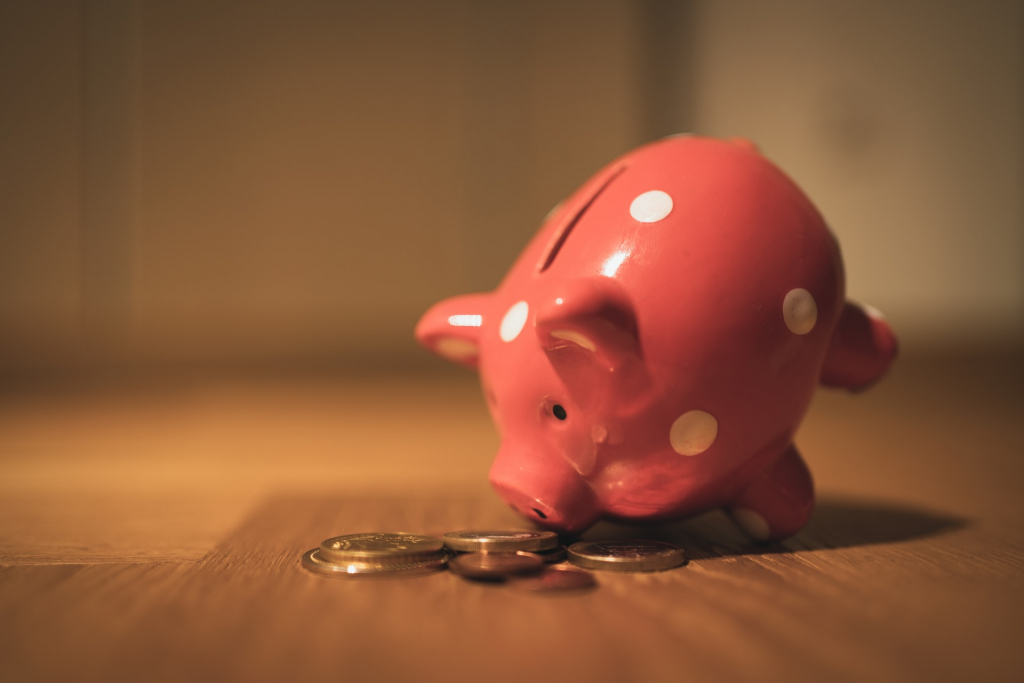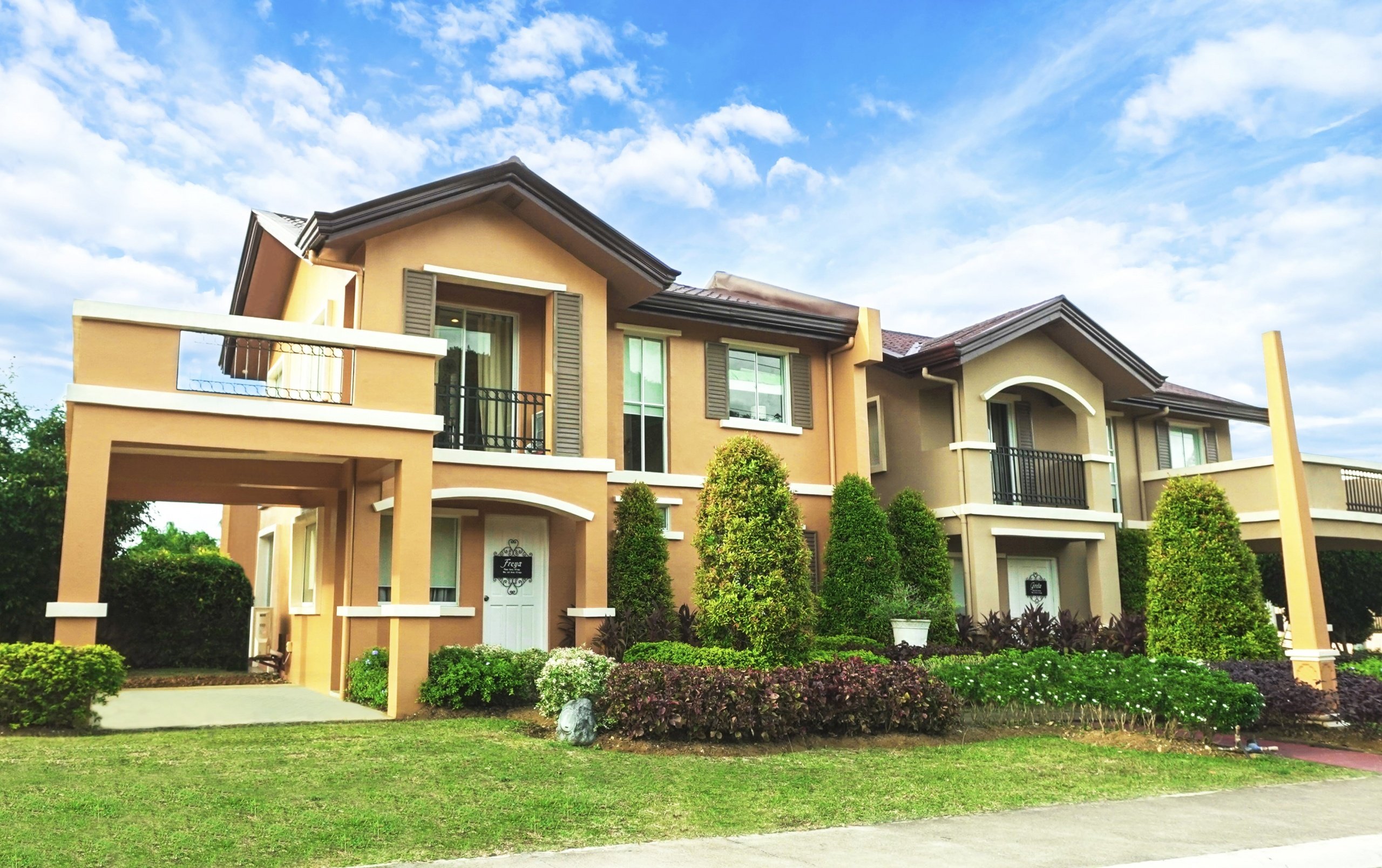What happens during inflation vs. stagflation and how can you diversify your investments to hedge yourself against their effects?
These days, the news is more or less just a dashboard update of oil price hikes and inflation. We could especially feel the impact of these when we go out. In fact, left and right, there are price increases from fares to the prices of goods and services we buy. True, inflation is a burden all of us have to carry. But is inflation always bad?
According to economic theories, controlled inflation is actually good. In fact, most economies target low-level inflation. Here in the Philippines, the Bangko Sentral ng Pilipinas (BSP) has set a 2% to 4% inflation target for the year.

What is stagflation?
Stagflation is an economic phenomenon where growth is stagnant, and inflation is high. It was originally a term coined by Iain Macleod as he described the phenomenon in the United Kingdom when it experienced both high inflation and high unemployment. Before the 1960s, economists believed that stagflation was an impossible event since high inflation has always come with high employment.
Ideally, high demand raises the prices of commodities. As a result, firms would produce more and hire more. When people are employed, they have more capacity to buy goods and services. Such is the reason why stagflation is an unpopular economic occurrence.
How does stagflation differ from inflation?
The main difference between stagflation and inflation is economic growth. During inflation, the prices of the goods and services you buy are high. Still, employment is also high, and the country’s gross domestic product (GDP) is also growing. In stagflation, you get the worst of inflation while also enduring slow economic growth and high unemployment. In other words, there is economic stagnation in the middle of rising prices.
What causes stagflation or economic stagnation?
Usually, when there is rising inflation, there is also positive economic growth measured by the GDP. However, in stagflationary environments, prices rise while the country also experiences slowing economic growth. According to analysts, stagflation and negative economic growth may be from “supply-side shocks” such as the recent oil price hikes.
One example of such an event is when the Organization of the Petroleum Exporting Countries (OPEC) imposed an embargo on the United States. As a result, oil prices shot up while their output continued to slow down.
On the other hand, the government can also create stagflation with careless policies. More specifically, it needs a combination of bad expansionary monetary policy and industry-harming policies happening simultaneously.

What are the indicators that stagflation may happen?
Some of the indicators that stagflation may happen in an economy are low exchange rates, high government spending, and low interest rates. But why are these bad? For one, a low exchange rate means a country’s currency has lower purchasing power. As a result, it would need to spend more on imports, causing inflation.
Next, government spending like subsidies may create an artificial demand that may look like real economic growth. But this further worsens the inflationary environment. And lastly, low interest rates also increase the money supply in the economy and cause high inflation.
How can we avoid stagflation?
With the ongoing war between Russia and Ukraine, oil prices are once again affected by sanctions reminiscent of the OPEC embargo. As a result, many investors are wary of potential stagflation amid this economic uncertainty. But stagflation is a condition that only the government can prevent with the right policies. On the other hand, what you can do as an investor is diversify your portfolio to protect it against both inflation and stagflation.

What happens to investments during stagflation?
Investing during inflation is already a headache, and more so when there is stagflation. If you are investing in cash and bonds, expect their values to go down, especially if they earn below the inflation rate level. Furthermore, bonds with fixed stated value lose a sizeable portion of their purchasing power at maturity.
Next, stock market investors are also hit by volatile currencies and market prices, making planning for the future difficult. Furthermore, it is even harder to forecast revenues and expenses.
Lastly, real estate investors have the best hedge against inflation and stagflation. For example, real estate investors with fixed-rate mortgages benefit from inflation because it means debt reduction. Aside from debt reduction, investors can also make their real estate properties earning assets by making them a source of income.

How do you make real estate investments work during inflation and stagflation?
It is not enough to only buy properties to hedge yourself against high inflation and potential stagflation. To better maximize your real estate’s potential, make your properties an earning asset. One way of doing this is by renting them out (either long-term or short-term) or flipping properties. Real estate is a relatively stable investment that can weather an economic slowdown and even stagflation. Provided, of course, that you know how to make them work.
Is inflation better than stagflation for investments?
Regardless of your investment ventures, inflation is always better than stagflation. In fact, a low level of inflation is healthy for an economy and an indication that it is growing. On the other hand, stagflation is the worst-case scenario for economies where they have the worst of inflation while bearing the brunt of unemployment.
Which properties should you invest in to shield your investment against inflation and stagflation?
Are you looking for properties that could generate revenues no matter the economic condition? Buy properties from established developers like Camella. In fact, Camella offers a portfolio of house and lot and condo properties for sale in 47 provinces and 149 towns and cities in the Philippines.
Camella’s pine estate condominium developments are found in key locations and growth areas in the Philippines, including Palawan, Davao, Bacolod, Butuan, Batangas, Caloocan, and SJDM. For your house and lot options, you may also check out Camella’s mid-priced homes in master-planned communities across the Philippines.

Invest in the country’s most trusted real estate brand!
Browse through Camella’s catalog of properties for sale in the Philippines.


